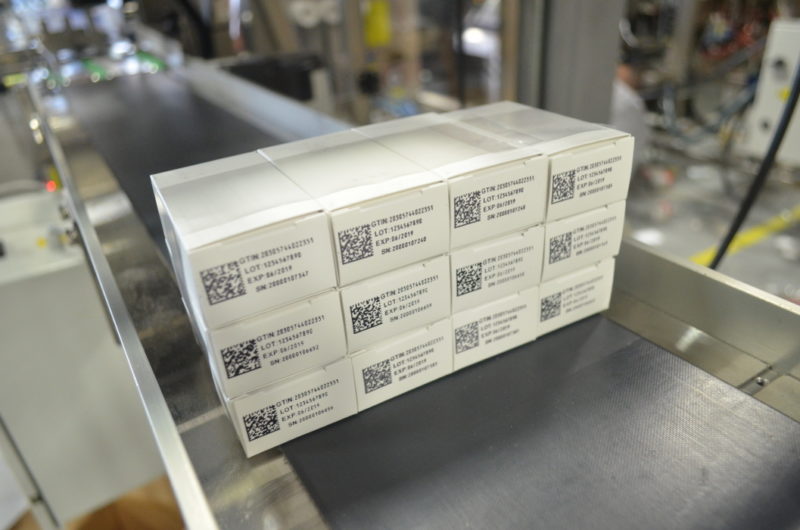Today most consumer products have barcodes or identifiers at an item SKU level, manufacturing batch level and pallet level which allow them to be identified and tracked through the supply chain. These are tied to an ERP system from the product manufacturers end, distributors systems separately and POS systems used by retailers and the visibility is often restricted to the scope of these systems. However, serialization of primary packaging at an individual item level or serial instance level is what will drive the next level of digital transformation for businesses and result in smarter supply chains & greater trust in products too.

Serialization involves assigning a unique identifier to every individual consumable instance of a product or item at the factory floor allowing each instance to be tracked individually beyond the retailer right to the consumer and beyond. For true digital transformation, this doesn’t end at simply generating a serial number and printing the identifier on the primary packaging. It also involves feeding these serial numbers into a system, generating an online web accessible digital record for the product and a web accessible link for each instance so information about the item can be updated by various systems and stakeholders that interact with the item through its lifecycle.
It’s this ability to serialize and track every unit at such a granular level which will in turn enable:
- Greater visibility & data from the factory floor through the supply chain to the consumer & beyond
- Better brand protection and increased trust through anti-counterfeiting measures, item authentication
- Improved transparency through tracking & traceability
- Product recall capabilities
- Delivery of accurate consumer information, expiry dates, safe to use dates and informative content
- More targeted engagement, offer delivery & pricing communication
- More detailed sales & location data for improving demand and supply matching
- And more.
The Pharmaceutical industry has made strides in the process of serialization of drugs with regulations and directives such as the EU Falsified Medicines Directive and the Drug Supply Chain Security Act promoting the need to serialize drugs in a bid to ensure better safety and curb counterfeiting. The tobacco industry in the EU along with the Tobacco Products Directive is driving serialization of individual cigarette packs while tackling the grey market and illegal channels in the region. The electronics industry has been serializing product units as well as most components within a product as well while there’s movement towards serialization for alcohol products, wines and spirits in several regions globally.
Technology and availability of serialization systems for packaging, factory floor as well as cloud data / internet layer platforms for serialization has grown and become increasingly cost effective. They’re extending this capability to other industry segments from food and beverages, personal care, household items, health & beauty and various other segments. For digital transformation to take place, serialization will be a first step and a key enabler for every brand and manufacturer looking towards more intelligent systems to drive their future business.



